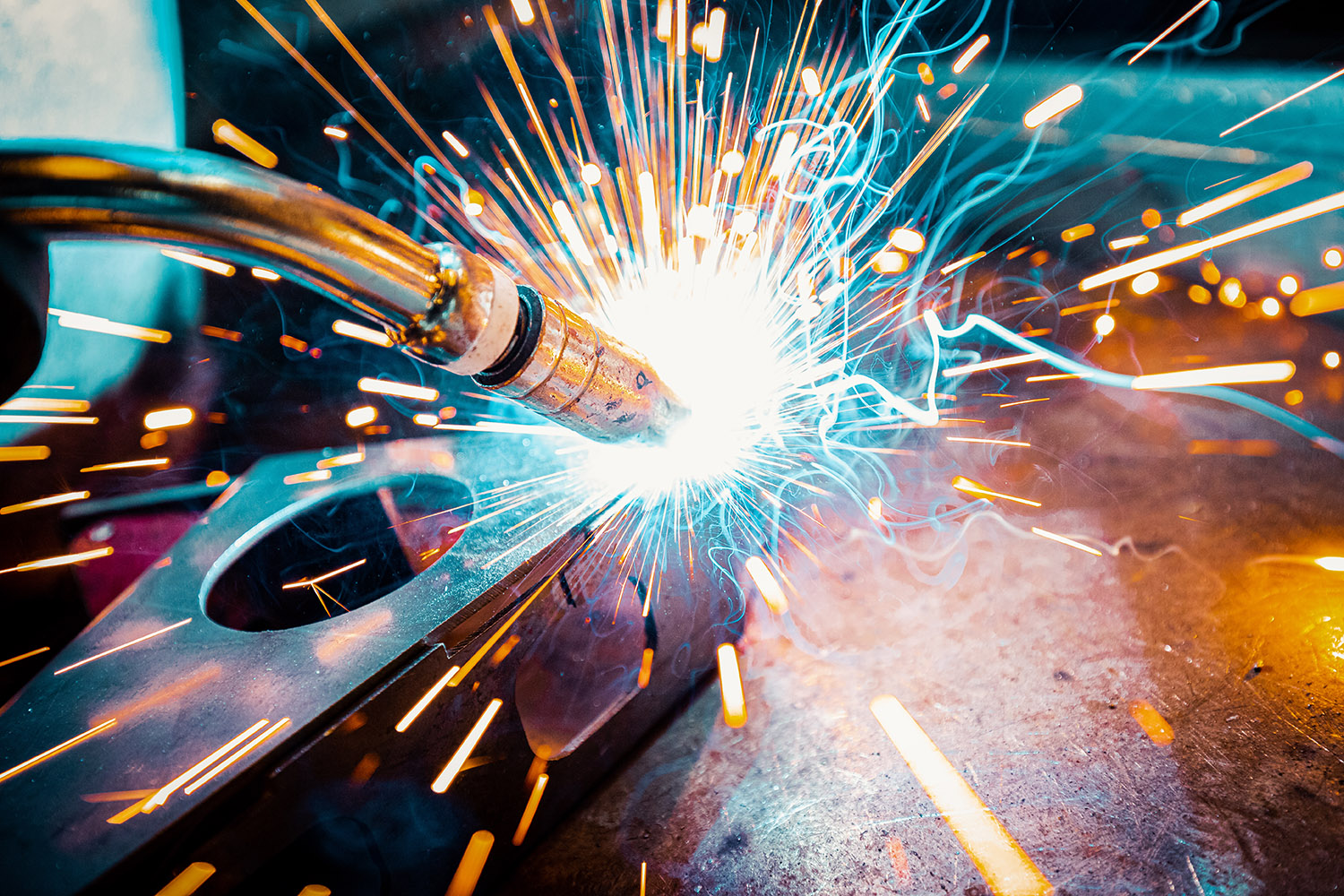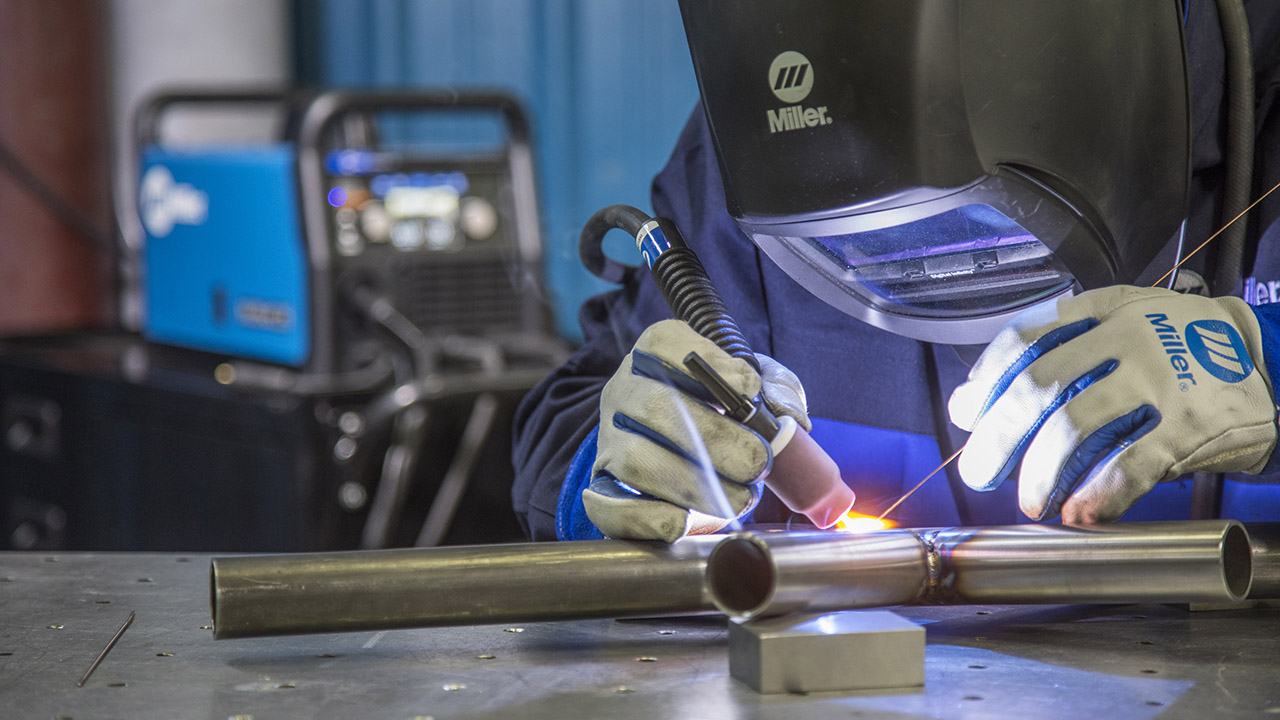Usual Welding Repair Service Issues and How to Address Them Efficiently
Welding fixings commonly come across a variety of concerns that can threaten the stability of the final item. Typical problems consist of poor penetration, porosity, and misalignment, to name a few. Each issue presents distinct difficulties that call for details strategies for resolution. Recognizing these issues is necessary for welders aiming to improve their results and skills. This conversation will certainly explore these typical welding repair concerns and effective methods to address them.
Poor Infiltration
Poor penetration takes place when the weld metal falls short to completely fuse with the base material, leading to weak joints and potential architectural failings. This concern typically stems from inadequate warm input, wrong electrode angle, or inappropriate welding rate. Welders may run into inadequate infiltration as a result of a miscalculation of the necessary parameters for a specific product density or kind. In addition, contamination on the base product's surface can impede effective bonding, intensifying the problem. To address insufficient penetration, welders ought to assure proper setups on their tools and preserve a tidy job surface area. Normal inspection of welds is recommended to identify any deficiencies early, enabling for prompt improvements and the prevention of endangered architectural integrity in bonded assemblies.
Porosity
Porosity is an usual flaw in welded joints that shows up as small gas bubbles caught within the weld metal. This problem can endanger the honesty of the weld, causing lowered strength and potential failure under tension. Belgrade Fabrication. Porosity normally emerges from contamination, dampness, or incorrect welding strategies, which permit gases to escape into the molten weld pool. To resolve porosity, welders ought to ensure appropriate surface area preparation, keep a tidy working environment, and use ideal welding specifications. Furthermore, picking the appropriate filler material and securing gas can minimize gas entrapment. Regular examination and screening of welds can help identify porosity early, assuring prompt restorative activities are taken, consequently preserving the quality and dependability of the bonded structure
Imbalance
Imbalance in welding can occur from various variables, consisting of inappropriate arrangement and thermal development. Understanding the source is essential for effective resolution. A number of modification techniques are available to straighten elements and guarantee architectural honesty.
Sources of Imbalance
Welding imbalance usually originates from a range of underlying problems that can compromise architectural integrity. One primary cause is incorrect fit-up of components prior to welding, which can lead to spaces and irregular surfaces. Variations in thermal development throughout the welding process can likewise result in distortion, especially if the materials being signed up with have different coefficients of growth. Furthermore, inadequate securing and fixturing might fail to hold elements safely in position, bring about activity throughout welding. Badly maintained tools, consisting of welding machines and tools, might present incongruities in the weld bead, additional adding to misalignment. Lastly, driver mistake, stemming from inadequate training or experience, can additionally play a substantial role in developing misaligned welds.
Improvement Methods Offered
Attending to misalignment effectively calls for a combination of corrective techniques customized to the certain concerns available. One typical technique is making use of components or jigs to hold components in the correct position throughout welding, guaranteeing regular placement. In addition, pre-heating the products can help in reducing distortion and boost fit-up. For significant imbalance, mechanical adjustment strategies, such as making use of hydraulic jacks or clamps, can be utilized to remedy the position prior to welding. Post-weld warmth treatment might also be needed to ease tensions brought on by misalignment. Lastly, mindful evaluation and adjustment throughout the configuration stage can prevent imbalance issues from becoming substantial issues, advertising a smoother welding procedure and boosting general structural integrity.
Distortion
Distortion is a common obstacle in welding that can develop from various aspects, including irregular cooling and heating. Understanding the reasons for distortion is necessary for carrying out effective prevention methods. Resolving this problem not just improves architectural honesty however additionally improves the general quality of the weld.
Causes of Distortion
When based on the intense heat of welding, products typically undertake modifications that can bring surfox about distortion. This phenomenon primarily develops from thermal development and contraction throughout the welding process. As the weld area warms up, the product broadens; upon cooling, it contracts, which can develop interior anxieties. Furthermore, irregular heating across a work surface can aggravate these tensions, resulting in bending or bending. The sort of material also plays a significant function; metals with differing thermal conductivity and coefficients of development may react differently, resulting in unforeseeable distortions. Inadequate joint design and insufficient fixturing can add to misalignment throughout welding, raising the chance of distortion. Understanding these reasons is crucial for reliable welding repair and avoidance methods.
Avoidance Techniques
Efficient avoidance methods for distortion throughout welding emphasis on controlling heat input and making sure appropriate joint design. Preserving a constant warm input aids to lessen thermal growth and tightening, which can bring about distortion. Using techniques such as pre-heating the work surface can additionally reduce the temperature level slope, advertising uniform home heating. In addition, choosing ideal joint designs, such as T-joints or lap handheld laser welder joints, can boost security and lower stress concentrations. Executing proper fixturing to protect the work surfaces in position additionally help in keeping alignment throughout the welding process. Lastly, staggered welding sequences can distribute warm a lot more equally, stopping local distortion. By using these techniques, welders can considerably lower the possibility of distortion and improve the total quality of their welds.
Splitting
Splitting is an usual issue experienced in welding repairs, typically resulting from various aspects such as incorrect air conditioning prices, material selection, or insufficient joint prep work. The event of fractures can considerably jeopardize the honesty of the weld, resulting in possible failings throughout procedure. To address this problem, welders have to initially evaluate the origin creates, guaranteeing that products are compatible and appropriately picked for the specific application. Additionally, regulating the air conditioning price throughout the welding process is essential; fast air conditioning can cause tension and bring about cracking. Appropriate joint style and prep work likewise add to minimizing the danger. Implementing these techniques can boost weld high quality and durability, eventually lowering the possibility of fracturing in completed weldments.

Incomplete Combination
A considerable concern in welding repair services is insufficient fusion, which takes place when the weld metal does not properly bond with the base material or previous weld passes - Montana Mobile Welding and Repair Fabrication. This problem can bring about weak points in the joint, potentially jeopardizing the stability of the bonded structure. Variables adding to insufficient fusion consist of inadequate heat input, improper welding strategy, and contamination of the surfaces being joined. To resolve this issue effectively, welders need to guarantee correct pre-weld cleaning and surface prep work, along with readjust their welding parameters to attain sufficient infiltration and blend. Regular inspection during the welding procedure can likewise help identify incomplete fusion early, permitting timely restorative measures to enhance the overall high quality of the weld
Overheating
While welding repairs can improve architectural integrity, overheating presents a substantial challenge that can lead to material Extra resources destruction. Too much heat during welding can change the mechanical homes of steels, resulting in reduced stamina, raised brittleness, and warping. This sensation is especially essential in high-stress applications where architectural dependability is critical. Identifying getting too hot can involve aesthetic examinations for discoloration or distortion, along with keeping an eye on temperature throughout the welding process. To alleviate the dangers linked with getting too hot, welders should utilize suitable methods, such as regulating warmth input, readjusting traveling speed, and using appropriate filler materials. Furthermore, carrying out pre- and post-weld warmth therapies can assist recover product homes and improve the total top quality of the repair service, making certain long-lasting performance and safety and security.
Regularly Asked Concerns
What Are the Typical Signs of a Welding Problem?

Exactly How Can I Examine My Welds for Quality?
To test welds for high quality, one can use visual examinations, ultrasonic screening, and radiographic methods. Each technique ensures structural stability, recognizes flaws, and confirms adherence to defined standards, ultimately enhancing the dependability of the welded joints.
What Security Safety Measures Should I Take While Welding?
When welding, one ought to focus on security by putting on suitable individual protective devices, making sure proper ventilation, safeguarding flammable materials away, keeping a tidy work space, and understanding environments to avoid injuries and accidents.
Can I Repair a Weld Without Redesigning the Entire Joint?
Repairing a weld without redoing the whole joint is possible, depending upon the damages (Belgrade Fabrication). Techniques such as grinding, including filler material, or using a welding procedure can properly address specific problems while maintaining the surrounding framework
What Equipment Are Crucial for Efficient Welding Services?
Vital devices for effective welding repair work consist of a welding device, cable brush, grinder, safety gear, clamps, and filler products. Each tool plays a vital function in making certain top quality and safety throughout the repair work process. Porosity usually emerges from contamination, dampness, or incorrect welding techniques, which enable gases to run away right into the liquified weld swimming pool. Improperly conserved tools, consisting of welding machines and devices, might introduce disparities in the weld grain, more adding to imbalance. When subjected to the intense heat of welding, materials commonly undertake changes that can lead to distortion. Breaking is a typical issue run into in welding repairs, frequently resulting from different elements such as inappropriate air conditioning prices, material option, or inadequate joint prep work. A significant concern in welding fixings is insufficient combination, which happens when the weld metal does not appropriately bond with the base material or previous weld passes.